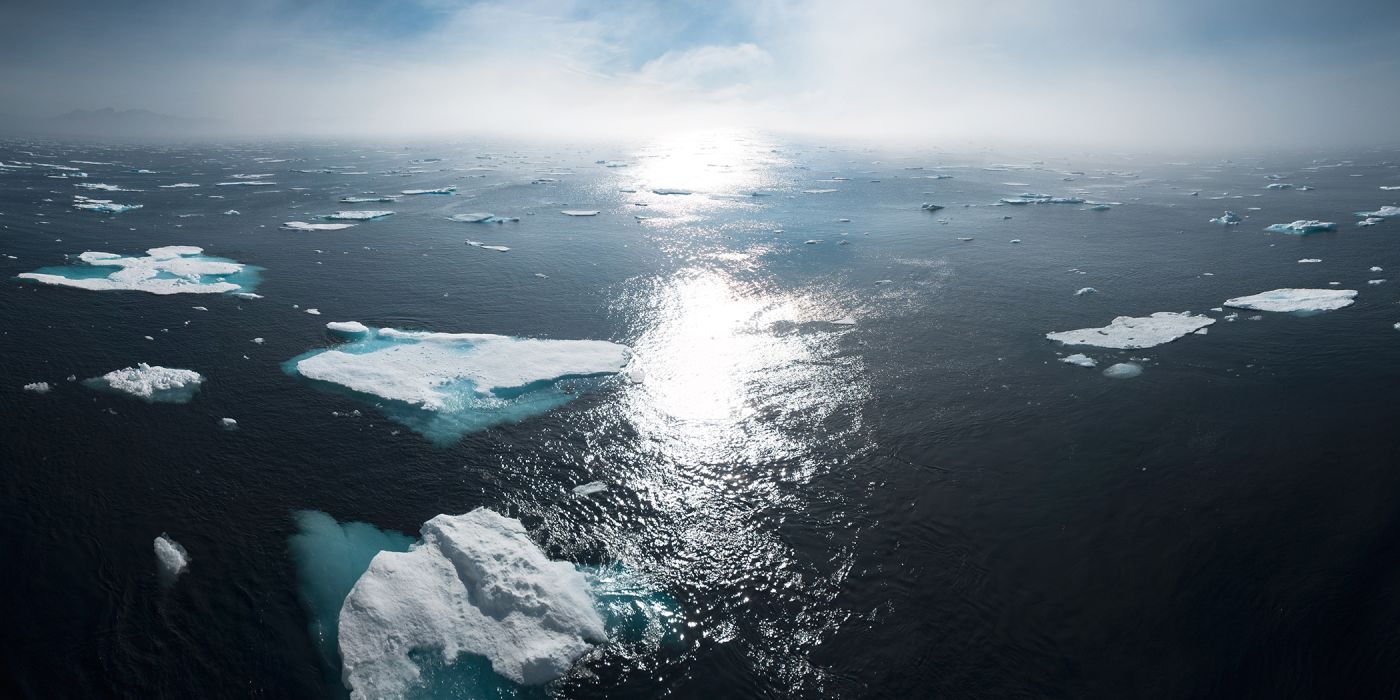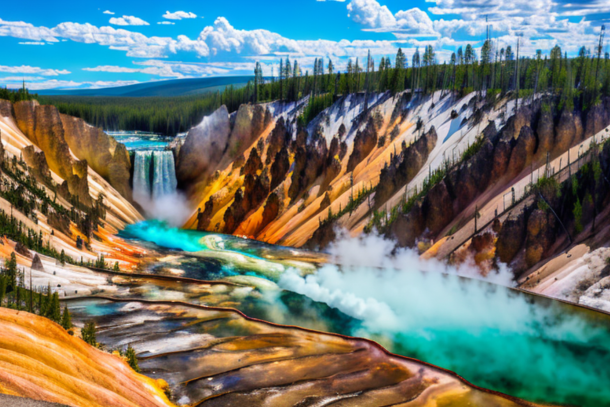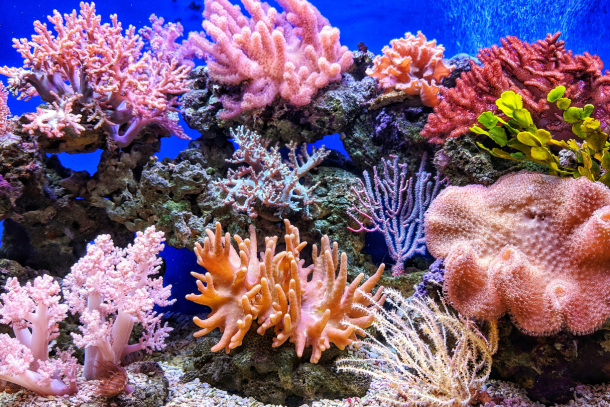Global Warming Wake-up Call: The Present Impact of Climate Change

The burgeoning issue of climate change, one of the most pressing challenges of our times, is redefining the parameters of our existence on this planet. The drastic changes we're seeing in the Earth's climate system, predominantly attributed to human-induced greenhouse gas emissions, are leaving an indelible mark across continents and communities.
Unravelling the Far-reaching Effects of Climate Change
The Present Climate Change Scenario
The current climate change situation is cause for alarm. Unprecedented levels of carbon dioxide in our atmosphere, soaring global temperatures, melting ice caps, and the perturbing acceleration of biodiversity loss paint a grim picture. The manifestations of climate change, though varied, all carry the signature of an underlying warming trend.
Exploring the Impacts on Different Aspects of Life
The effects of climate change, however, aren't limited to environmental spheres alone. Its ripple effects extend into multiple aspects of our lives, often in ways we may not immediately perceive. From the way we grow our food and the places we call home, to the very air we breathe and the weather patterns we've long considered the norm, the impacts of climate change are deeply interwoven into our existence.
Understanding these effects helps us to not only comprehend the magnitude of the issue at hand but also empowers us to take meaningful actions to curb it. In the coming sections, we'll delve deeper into specific impacts, such as the intensification of extreme weather events, the threat of rising sea levels, changes in our planet's rich biodiversity, and the profound implications for human societies. In essence, by exploring the multifaceted effects of climate change, we can begin to appreciate the urgency of the situation and the necessity for action.
Weather Extremities: Unpacking the Link Between Climate Change and Extreme Weather
A Global Upturn in Weather Anomalies
Over the past few decades, an unsettling pattern has emerged. Weather extremes, once considered rare or unusual, have become increasingly frequent and intense. From scorching heatwaves to cataclysmic hurricanes, our world is witnessing weather phenomena at an unprecedented scale. Scientists point to one primary culprit behind this upturn: climate change.
As the Earth's average temperature rises, so too does the volatility of our weather systems. Global warming, a central facet of climate change, increases the energy in our atmosphere. This uptick in energy can lead to more potent storms, heavier rainfall, and longer, more intense heatwaves.
Case Studies: The Raw Reality of Our Changing Climate
Consider, for instance, the heatwave that suffocated North America in the summer of 2020. Temperature records were shattered across the region, leading to widespread wildfires and causing hundreds of deaths. Scientists have since confirmed that such an extreme event would have been virtually impossible without the influence of human-induced climate change.
On the other side of the world, Asia's monsoon season is growing more erratic and devastating. Flooding has intensified, displacing millions and disrupting lives. Again, researchers attribute these shifts to the changes in our climate system.
These are but two instances demonstrating how climate change exacerbates extreme weather events. As we grapple with the realities of a warming world, understanding the link between climate change and extreme weather becomes ever more critical. Our response to this unfolding crisis will shape the future of life on Earth.
Rising Sea Levels: A Tide of Change
The Causes and Effects
One of the most visible and alarming effects of climate change is the rise in sea levels. This phenomenon is primarily driven by two factors linked to global warming: the expansion of seawater as it warms and the melting of polar ice caps and glaciers. As the planet's temperature continues to climb, these processes accelerate, leading to progressively higher sea levels. The consequences of rising sea levels are far-reaching and transformative, altering coastlines, swallowing up low-lying lands, and exacerbating coastal flooding.
The Impact on Coastal Communities and Cities
Coastal communities and cities are on the frontline of this unfolding crisis. Homes, businesses, and infrastructure all face an increased risk of flood damage. More worrying still, entire island nations such as the Maldives and Kiribati face existential threats, as their land is progressively submerged by the encroaching sea.
Aside from the direct impacts, rising sea levels also lead to secondary effects. Saltwater can infiltrate freshwater sources, posing challenges to agriculture and drinking water supplies. Additionally, the increased frequency and intensity of storm surges can displace communities and disrupt livelihoods.
In conclusion, rising sea levels, a stark consequence of our warming world, are not a distant threat but an ongoing reality. Their effects are being felt right now, compelling us to adapt and, more importantly, address the root cause: our rapidly changing climate.
Altered Ecosystems: Understanding the Impact of Climate Change on Plant and Animal Life
Plant and Animal Behaviour: Shifts Under a Changing Climate
With the unfolding of the climate crisis, our world is witnessing a significant shift in plant growth patterns and animal behaviour. Warming temperatures, fluctuating rainfall patterns, and an increase in extreme weather events have all played a part in this transformation.
For example, plant species adapted to cooler climates are migrating to higher altitudes and latitudes, while certain animal species are adjusting their breeding and migration patterns to accommodate the changing seasons. However, not all species have the capability to adapt swiftly enough, leading to a worrying increase in the instances of climate-related extinctions.
Biodiversity Under Threat
When we talk about climate change and biodiversity, the connection is deeply worrying. The changes in ecosystems due to global warming pose a severe threat to the earth's biodiversity. As habitats become inhospitable, many species face the risk of extinction.
Coral reefs, the rainforests of the ocean, are particularly vulnerable, with rising sea temperatures causing mass coral bleaching events. Additionally, the polar regions, home to a range of species including polar bears and penguins, are under threat from melting ice caps.
In a nutshell, the effect of climate change on biodiversity is profound and alarming. As we continue to experience these changes, it's vital that we act urgently to mitigate the impacts and protect the incredibly diverse life that shares our planet.
The Ripple Effects: Understanding the Human Impact of Climate Change
Health, Agriculture, and the Global Economy
As we scrutinise the human impact of climate change, it becomes abundantly clear that its reach extends far beyond just environmental aspects. The changes in our climate have profound implications on human health, our food systems, and the global economy.
Climate change has been linked to an increase in heat-related illnesses and respiratory problems, as well as vector-borne diseases like malaria and dengue. Changes in temperature and precipitation patterns also have significant repercussions on agriculture, threatening food security by affecting crop yields and livestock health.
The global economy, too, is not immune to the effects of climate change. From extreme weather events damaging infrastructure and disrupting supply chains to rising healthcare costs and reduced labour productivity, the economic ramifications are far-reaching.
Future Scenarios: A Call for Action
If current trends persist, the future scenarios look grim. Increased health risks, food scarcity, and economic instability could become commonplace. Certain regions might become uninhabitable due to extreme temperatures or sea-level rise, leading to mass migration and potential social conflict.
However, it's important to note that these outcomes are not yet set in stone. We have the knowledge and the means to mitigate the worst impacts of climate change, but it requires global cooperation, immediate action, and sustained effort. In essence, understanding the human impact of climate change is not just about recognising the risks and challenges ahead, but also about galvanising collective action to safeguard our shared future.
Facing the Future: The Urgency of Tackling Climate Change
Reflecting on the Global Impacts
In the course of this article, we've traced the extensive repercussions of climate change, painting a picture that is both daunting and compelling. From extreme weather patterns disrupting the equilibrium of our planet to rising sea levels threatening to submerge coastal cities, the effects of climate change are tangible, grave, and already upon us.
We've also explored the profound changes to plant and animal life. The shifting climates are driving biodiversity loss, altering ecosystems and pushing many species towards extinction. Furthermore, the human toll — impacting health, agriculture, and economies — underscores the all-encompassing nature of this crisis.
The Imperative of Action
The broad sweep of these impacts serves to highlight one crucial point — the absolute urgency of addressing climate change. As we stare down the precipice of potential global calamity, the need for immediate, robust action is clear. Every fraction of a degree that we can limit warming will make a significant difference.
Yet, tackling climate change is more than a technical or economic challenge. It's a test of our ability, as a global community, to look beyond short-term gain and act for the long-term good. To succeed, we'll need to blend science, policy, and a fundamental shift in our relationship with the planet.
In conclusion, climate change is not a distant, abstract threat. It's a present and escalating danger that requires our unwavering commitment. The path is steep, but the goal is clear: a stable climate and a sustainable world. Let's commit ourselves to making it happen.
Related to this article are the following:
I do hope you have enjoyed this article and hope that you will subscribe to my newsletter so you can get the latest information about all things naturally relaxing.
Stay in touch, join the Naturally Relaxing Newsletter
Newsletter Signup
Post Your Comments
or post as a guest
Be the first to comment.
Latest articles in Nature

Exploring the UK’s Most Serene Coastal Trails

The Healing Power of Nature: Forest Bathing Explained

Sustainable Gardening: Tips for Growing Your Own Herbs

The Yellowstone Supervolcano: A Sleeping Giant

The Lost City of Atlantis: A Geological Mystery






